Navigating Difficult Endotracheal Intubation Challenges
Dec 21, 2023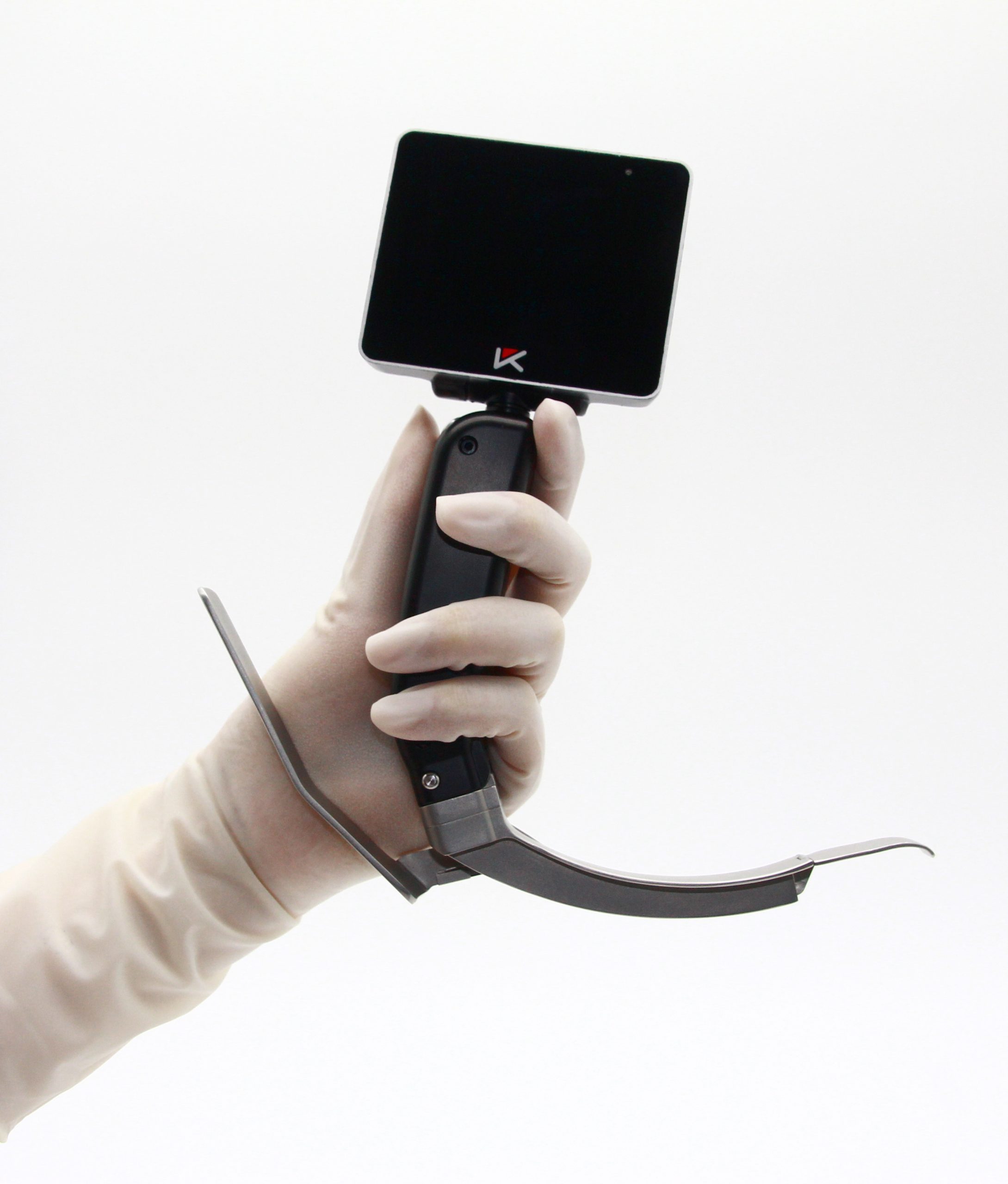
Difficult endotracheal intubation can present numerous challenges for healthcare professionals, jeopardizing patient safety and outcomes. As such, effectively managing difficult airways is of paramount importance. This article discusses advanced airway management techniques and strategies to navigate difficult endotracheal intubation scenarios.
Key Takeaways:
- Managing difficult airways is crucial for ensuring patient safety and optimal outcomes in endotracheal intubation procedures.
- Advanced airway management techniques, such as video laryngoscopy and the use of alternative intubation devices, can help overcome challenging intubation scenarios.
- Understanding the factors and circumstances that contribute to difficult intubation, as well as troubleshooting strategies, can minimize potential risks and ensure success rates.
- Healthcare professionals should continuously update their skills and knowledge through education and training to effectively manage difficult endotracheal intubation.
Understanding Difficult Endotracheal Intubation
When it comes to endotracheal intubation, there are numerous factors that can make the process challenging. Anatomical variations, limited visibility, and potential complications are just a few of the many issues that healthcare professionals may encounter while attempting to intubate.
One of the most significant challenges is identifying and managing difficult intubation complications. The use of challenging intubation techniques may be necessary to overcome these obstacles, but can also pose its own risks and complications.
It is crucial for healthcare providers to be aware of these potential complications and develop strategies to manage them effectively. By understanding the complexities and challenges surrounding difficult endotracheal intubation, healthcare providers can take a proactive approach to optimize patient safety and outcomes.
Strategies for Managing Difficult Intubation
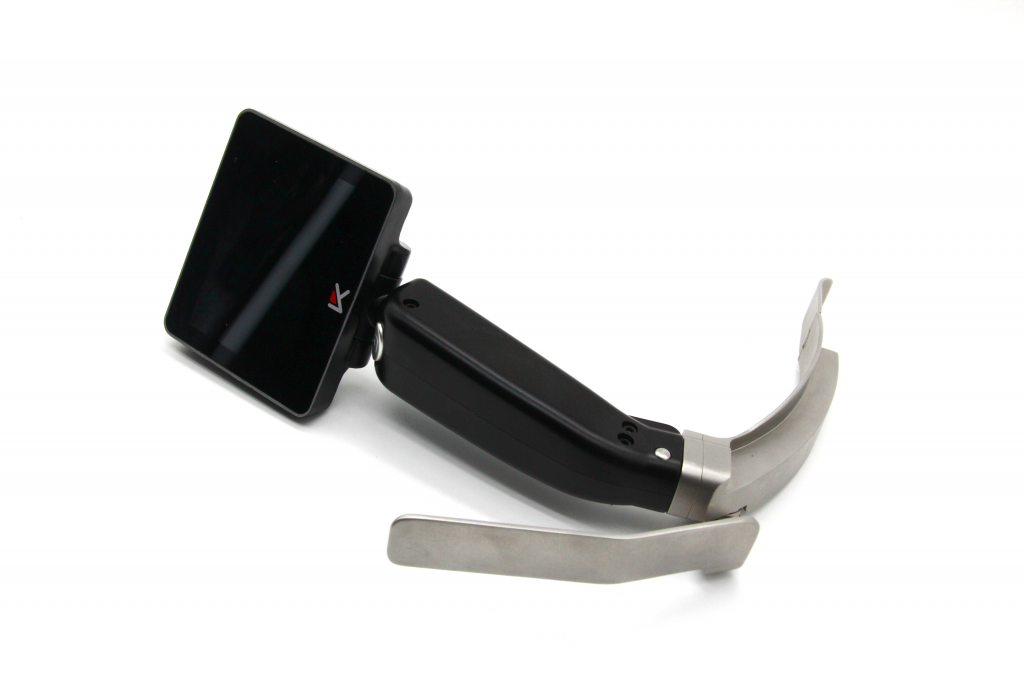
Managing difficult intubation scenarios requires effective strategies and techniques to overcome challenges. Healthcare professionals employ different innovative approaches to ensure successful intubation in patients with difficult airways. Video laryngoscopy is one such approach that involves using a video camera attached to the laryngoscope to improve visibility and enhance intubation. In some cases, bronchoscopy can be used to assess the airway anatomy and plan alternative intubation methods.
Alternative intubation devices such as the lighted stylet or intubating stylet can be used to guide intubation through the vocal cords, while supraglottic airway devices can be used as a rescue method in difficult airway scenarios. Additionally, cricothyroidotomy can be an effective alternative when all other intubation techniques fail.
Despite these strategies and techniques, patient safety is the priority in managing difficult intubation. The healthcare team should be equipped with the necessary skills and knowledge to recognize and manage difficult airway scenarios effectively. Continuous education and training are vital in optimizing airway management and improving patient outcomes.
Advanced Airway Management Techniques
In cases of difficult endotracheal intubation, advanced airway management techniques are crucial to secure the airway and ensure proper ventilation.
Supraglottic airway devices such as the laryngeal mask airway (LMA) and the i-gel can be used as an alternative to traditional intubation methods. These devices do not require direct visualization of the vocal cords and can be inserted blindly or with the aid of a fiberoptic bronchoscope for more precision.
Cricothyroidotomy is a surgical airway technique that involves making an incision in the skin and cricothyroid membrane to access the airway. This method is typically reserved for cases where other methods have failed or are not feasible, and should be performed by an experienced healthcare professional.
Other alternative methods include retrograde intubation and the use of lighted stylets, which can improve visualization of the airway and facilitate intubation in difficult airway scenarios.
By utilizing advanced airway management techniques, healthcare professionals can effectively manage difficult airway scenarios and provide optimal patient care.
Troubleshooting Difficult Intubation
Difficult intubation management requires a careful approach to ensure patient safety and reduce potential complications. Troubleshooting difficult intubation scenarios can be challenging but implementing best practices can increase the chances of success. One key strategy is to have backup plans in place, such as alternative intubation devices or supraglottic airway devices. It may also be necessary to change the patient’s position to achieve optimal intubation conditions.
During the intubation process, it’s important to closely monitor vital signs and oxygen saturation levels to detect any changes that may require intervention. Additionally, proper use of lighting and appropriate suctioning techniques can help minimize complications and improve visibility. In some cases, it may be necessary to involve a specialist or an anesthesiologist who is experienced in managing difficult airways.
Overall, troubleshooting difficult intubation requires a systematic, step-by-step approach that considers the patient’s unique situation and implements advanced airway management techniques. By following best practices and seeking expert advice when necessary, healthcare professionals can increase their confidence in managing difficult intubation scenarios and improve patient outcomes.
Conclusion
In conclusion, navigating difficult endotracheal intubation challenges is crucial for ensuring patient safety and optimal outcomes. By understanding the factors that contribute to challenging intubation scenarios and employing effective strategies for managing difficult airways, healthcare professionals can improve success rates and minimize potential risks.
Advanced airway management techniques such as videolaryngoscopy, bronchoscopy, and supraglottic airway devices can be invaluable in cases of difficult endotracheal intubation. Additionally, troubleshooting strategies such as optimizing patient positioning and employing alternative intubation devices can help overcome challenges encountered during the process.
It is essential for healthcare professionals to receive continuous education and training in advanced airway management techniques and strategies for managing difficult intubation scenarios. By doing so, they can provide optimal care for patients with challenging airways and improve patient outcomes.
Categories
Latest Articles
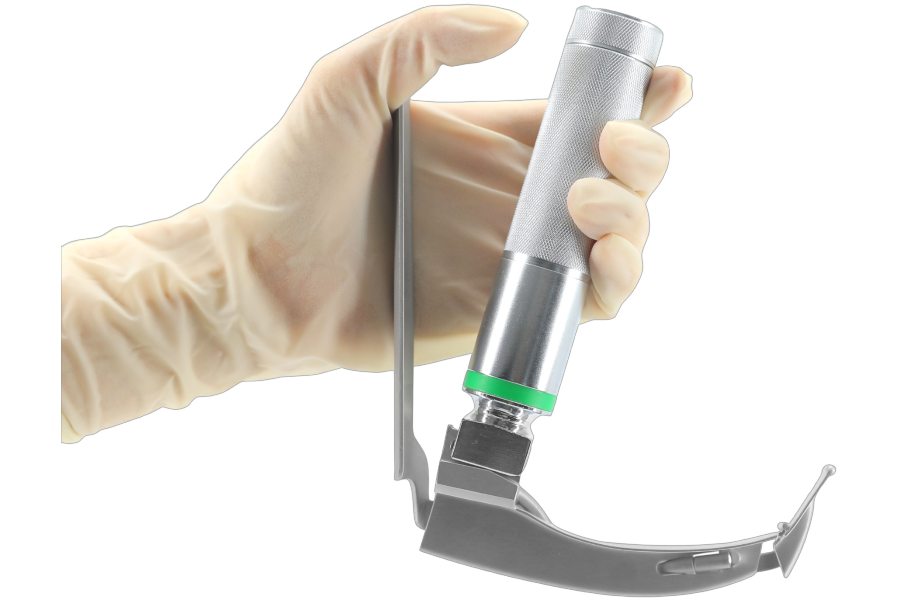
How Fibre Optic Laryngoscopes Improve ENT Procedures
In modern ENT procedures, precision and visibility are key. That’s where the laryngoscope fibre optic technology comes in. Unlike traditional tools, these advanced devices use fibre optics to provide a clear, well-lit view of the throat and vocal cords. This means doctors can see more and do more—with less risk to the patient. But how ... Read more
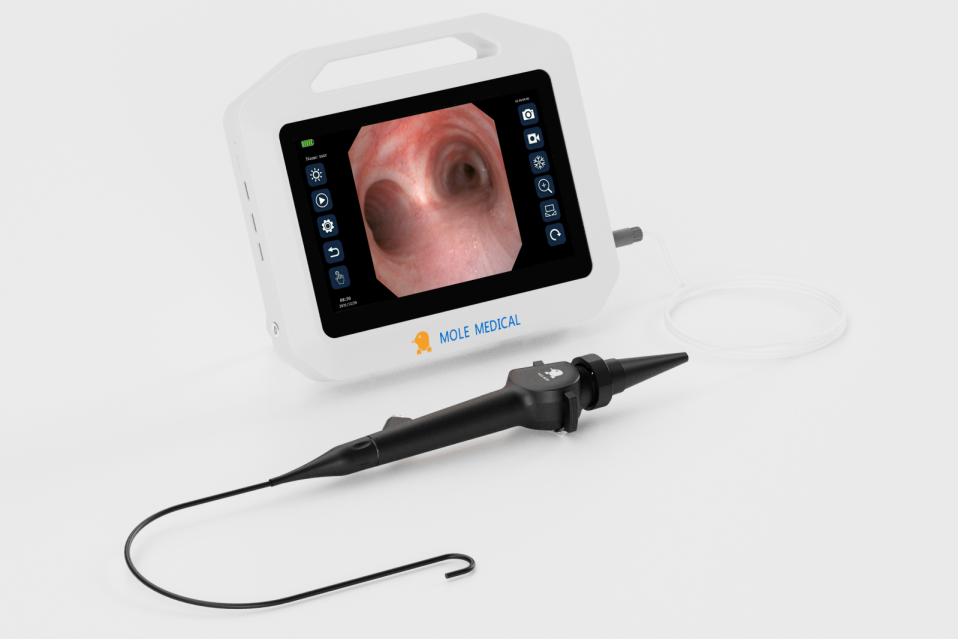
Flexible Laryngoscopy: A Clearer Voice for Quicker Diagnoses
Flexible Laryngoscopy is a powerful tool that helps ENT specialists do just that. It uses a thin, flexible scope to view the throat, vocal cords, and airway in real-time. The procedure is quick, non-surgical, and performed right in the clinic. For patients with voice changes, chronic cough, or throat discomfort, this method offers fast answers ... Read more
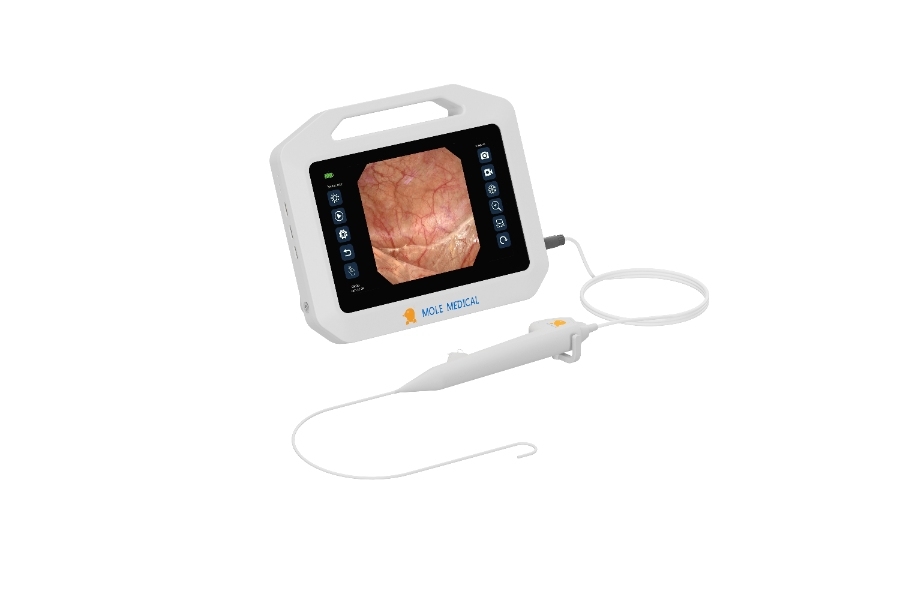
Smart Solutions in Ureteroscopy: Mole Medical’s Disposable Flexible Scope vs Karl Storz Legacy
In the field of urology, the name “ureteroscope Karl Storz” has long stood for precision and reliability. As a global leader, Karl Storz has set the standard for reusable ureteroscopes. But now, a new contender is entering the spotlight. Jiangsu Mole Medical, a national high-tech enterprise, is challenging the status quo. With a focus on ... Read more
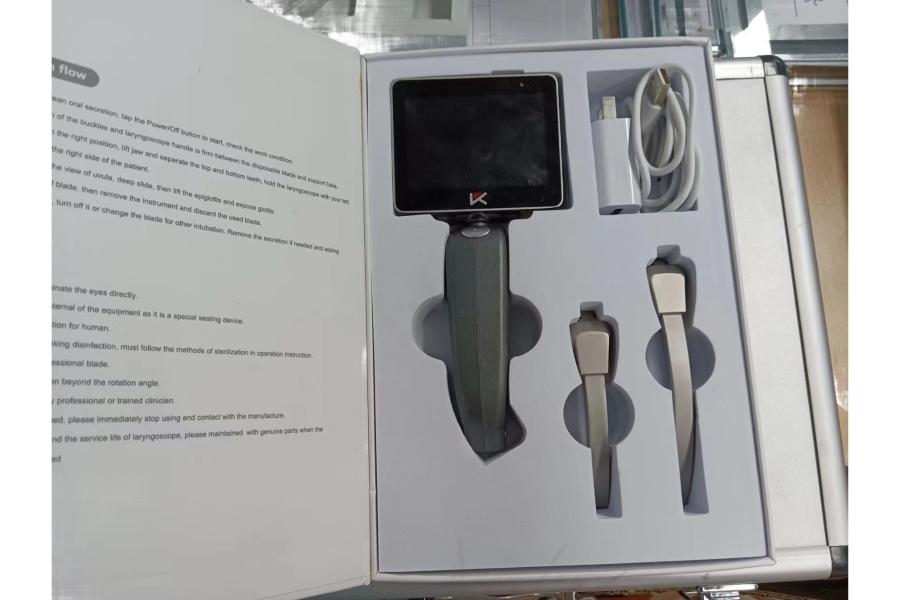
Behind the Scenes with Mole Medical: Inside the World of Leading Video Laryngoscope Manufacturers
In the fast-evolving medical device industry, video laryngoscope manufacturers play a key role in advancing patient care. Mole Medical stands out not just for its products, but for what happens behind the scenes. What makes this company different? Why do so many professionals trust its solutions? One reason is speed. Mole Medical has an R&D ... Read more
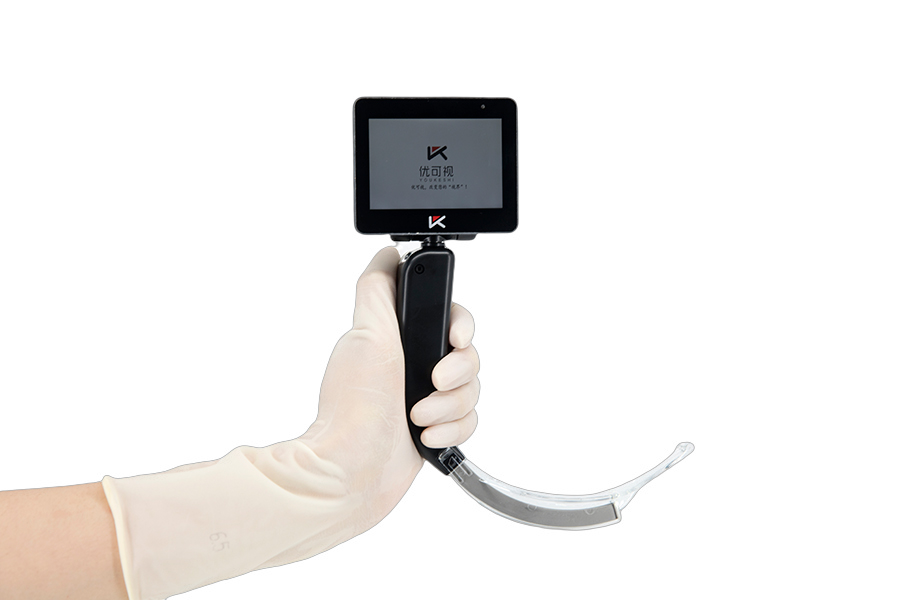
How the Medical Video Laryngoscope Operation Enhances Surgical Success
In the heart of a busy hospital, Dr. Emma Liu prepared for one of her most demanding mornings. The emergency room was packed, and a critical patient needed urgent intubation. Years ago, this would have been a stressful and uncertain procedure. But today, Emma felt calm and ready. She trusted the power of the Medical ... Read more



